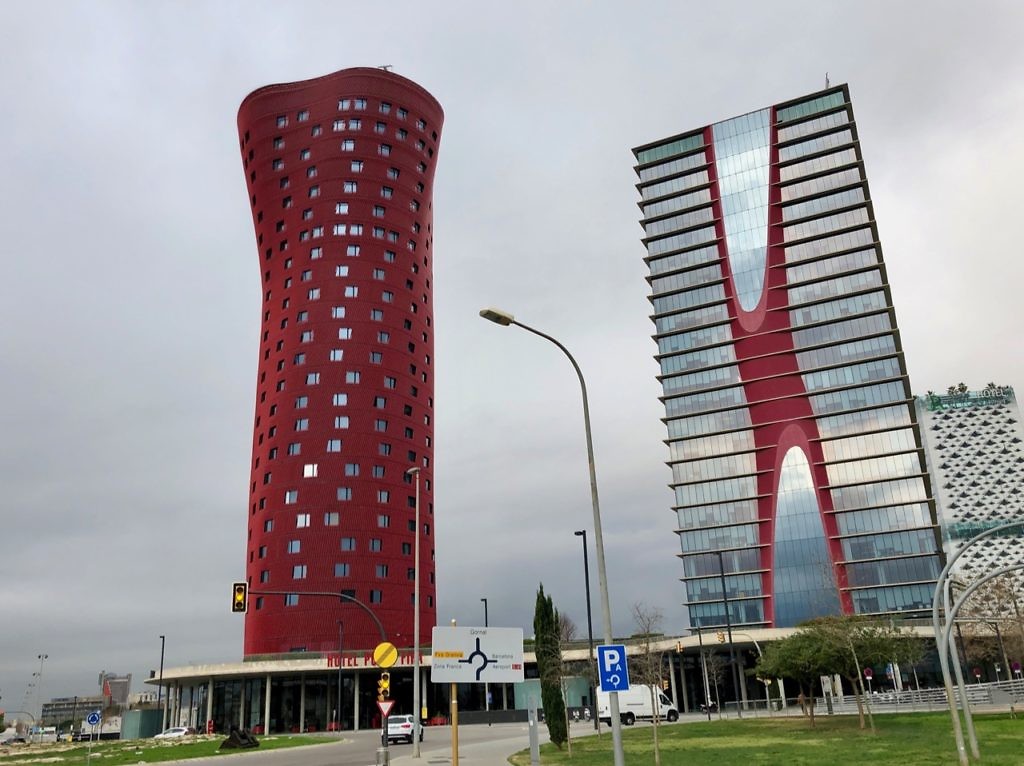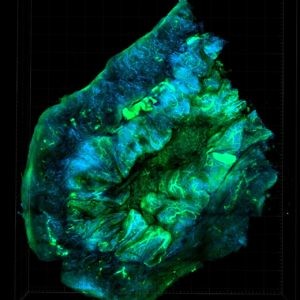New developments in Genitourinary cancers

San Francisco!
San Francisco – It’s time to switch horses for some the latest conference coverage and explore some important new findings emerging from the genitourinary world of bladder, prostate, and renal cell cancers at the ASCOGU specialist meeting held late last week.
Not that many years ago, much of this niche was dominated by numerous updates in prostate cancer, with little good cheer to write about on the other two cancers – how things have changed in such a short time!
This year there’s plenty going on in all three categories, I’m pleased to say.
Here we focus on several important trials or targets and explain why they matter and what’s significant about the findings…
Some of the agents or trials selected here are likely to receive more attention going forward as more data become available, so it behooves us to set the scene now.
To learn more from our oncology coverage and get a heads up on our latest analysis and commentary, subscribers can log-in or you can click to gain access to BSB Premium Content.
This content is restricted to subscribers








 Yesterday in part 1 (
Yesterday in part 1 ( Our extensive reviews and discussions in this area have included a look at:
Our extensive reviews and discussions in this area have included a look at: